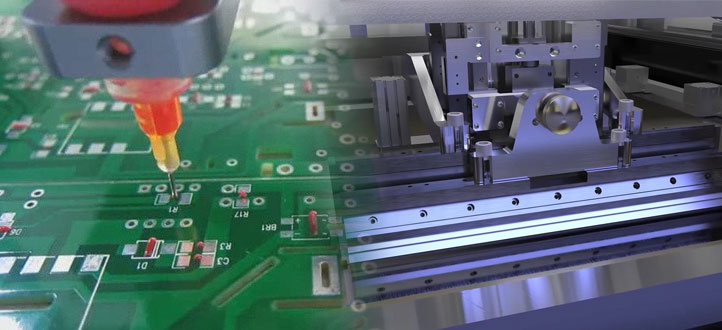The difference between SMT stencil and red glue stencil?

Steel mesh is a specialized tool used in the PCB assembly process, also known as an SMT stencil or SMT template. The steel mesh serves two purposes: firstly, it deposits solder paste during the solder paste printing process, and secondly, it deposits red glue during the red glue process. Depending on the specific application process, there are differences in the design of the steel mesh.
Speaking of the red glue steel mesh, we cannot ignore the red glue process. The red glue process involves printing red glue onto the corresponding positions of the PCB circuit board using a steel mesh. Its primary function is to secure electronic components in place and prevent component displacement during soldering. Therefore, the main purpose of the red glue steel mesh is to apply adhesive. When creating the red glue steel mesh, the openings are usually located between PCB solder pads, allowing the components to adhere to those positions. On the other hand, the solder paste steel mesh is used for solder paste printing, accurately depositing solder paste onto the PCB solder pad positions. The openings on the solder paste steel mesh are created in a 1:1 ratio with the PCB solder pad positions.
From the information provided above, it is not difficult to see that the main difference between the solder paste steel mesh and the red glue steel mesh lies in their opening patterns. The solder paste steel mesh has openings designed according to the PCB solder pad positions, while the red glue steel mesh has openings between PCB solder pads. Another distinction lies in their applications for different soldering processes, with the red glue steel mesh typically used for wave soldering and the solder paste steel mesh used for reflow soldering.

